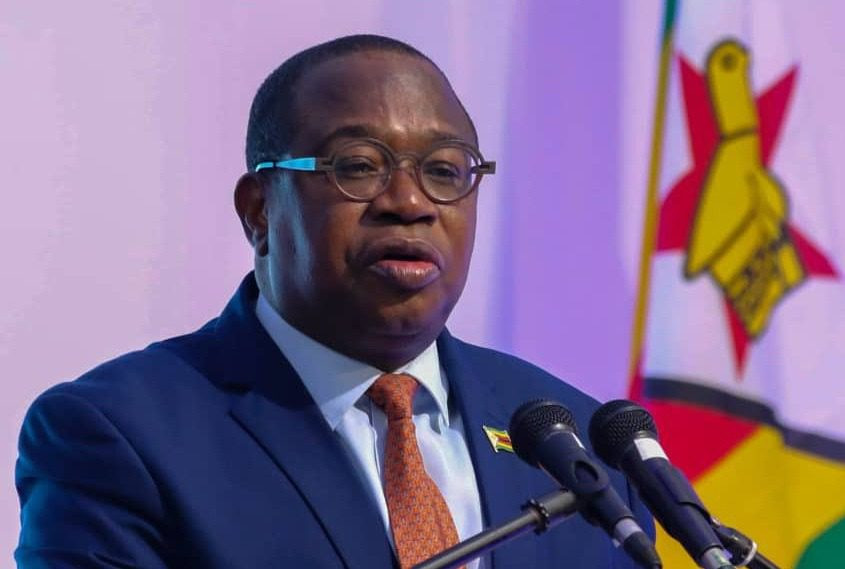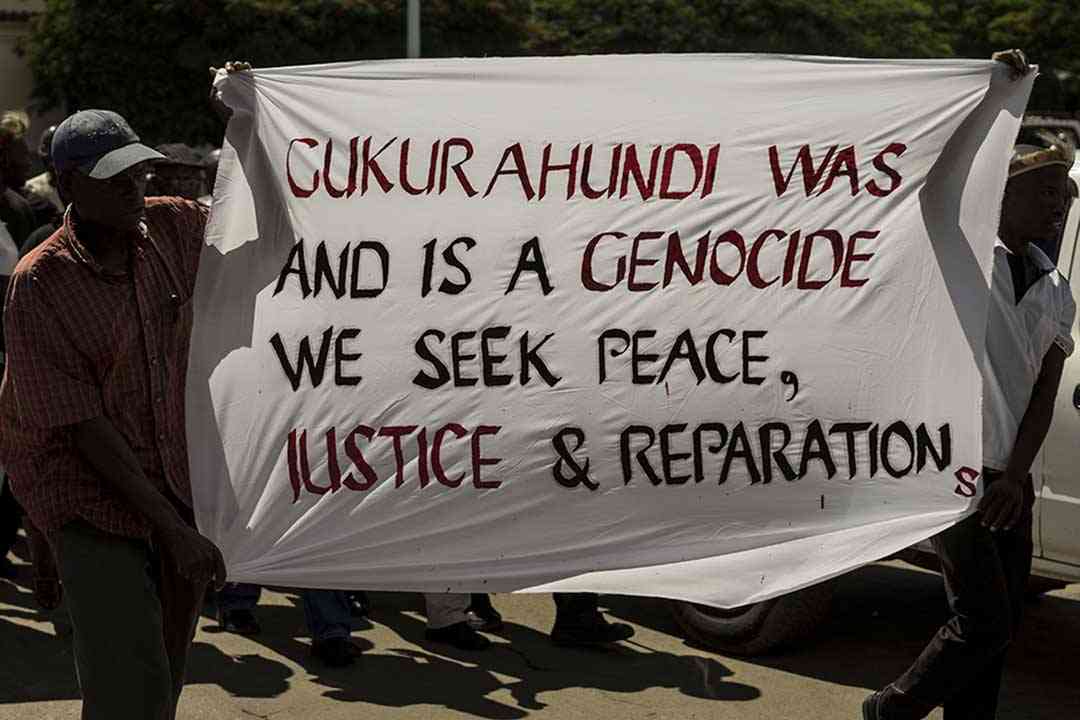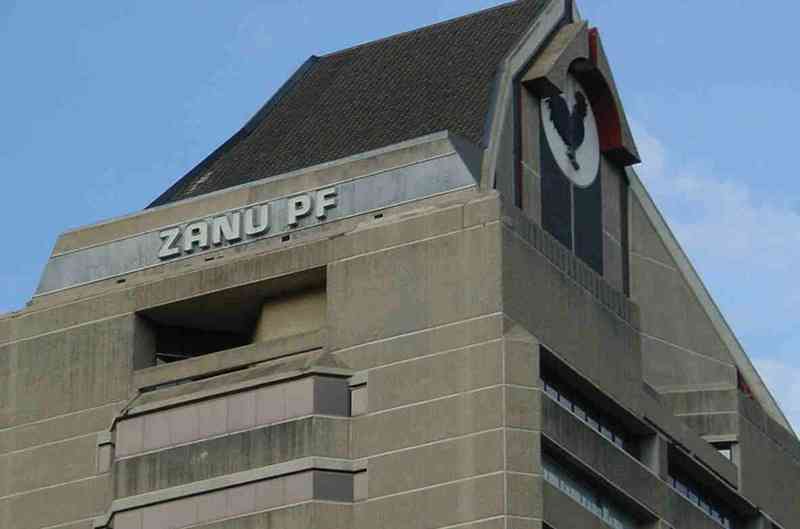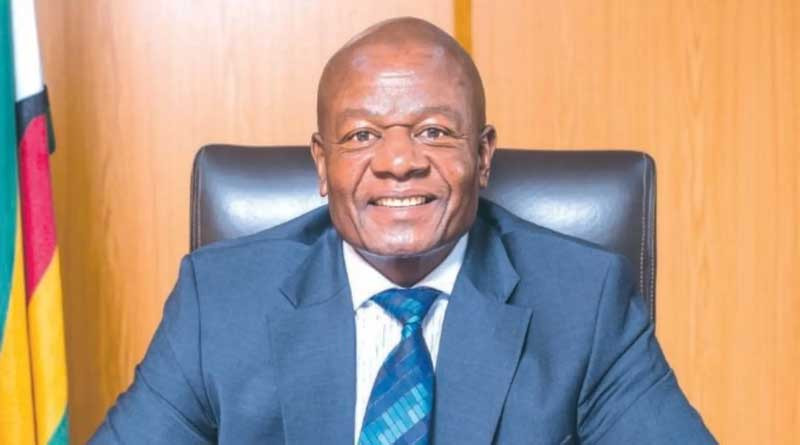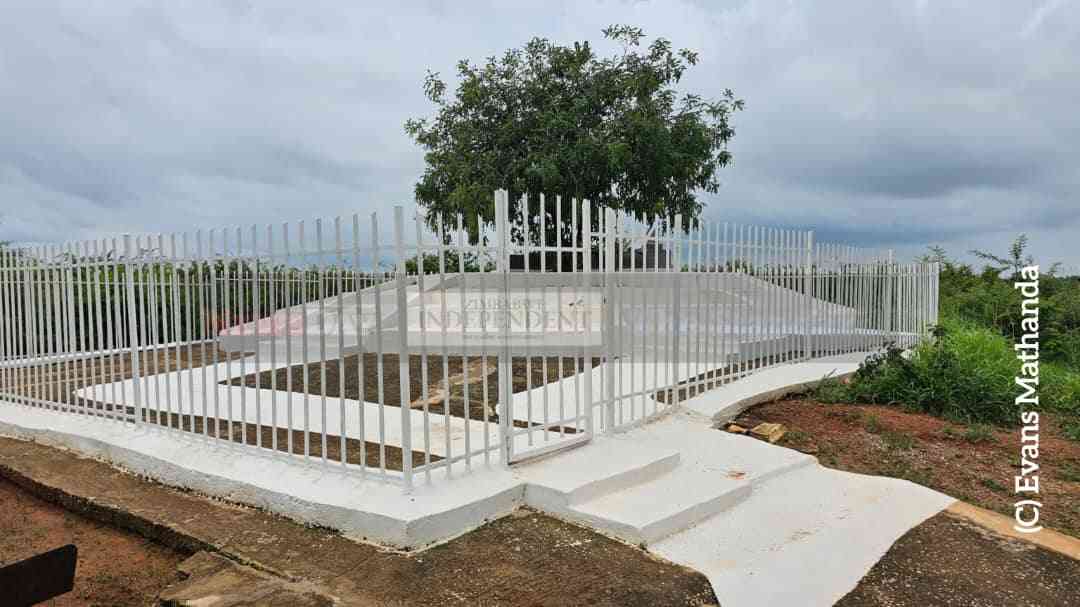
IN death, as in life, social class can be a lasting legacy.
This month marks 14 years since the controversial man of cloth was laid to rest.
Convicted of rape on seven counts and one indecent assault charge in 2003 and jailed for 42 years, with 10 years suspended on good behaviour, he was released from prison on medical grounds in 2011, but passed away a few months later.
Today, his final resting place, which testifies the enduring power of social status, has tongues wagging just as were his last days on earth.
In the midst of a sprawling graveyard in Chitungwiza’s oldest cemetery in Unit L, the late Madzibaba Godfrey Nzira’s grave stands out — a grandiose monument that defies the conventions of traditional burial sites.

The final resting place of Nzira is a fenced-off enclosure that commands attention.
Spanning about 100 square metres, the area is neatly barricaded by a palisade fence.
- Over 115 to exhibit at Mine Entra
- Young entrepreneur dreams big
- Econet bemoans power outages
- Govt opens ChiTown e-passport centre
Keep Reading
Its white paint gleams in the sunlight, setting it apart from the countless other tombstones that dot the graveyard.
Many of them are slowly being reclaimed by the grass, their neglect a testimony to the fleeting nature of mortal memory.
A serpentine path of smooth tarmac, barely a metre wide, winds through the expansive graveyard in an apparent, but vain attempt at navigating between the weathered headstones of countless other departed souls.
This specially constructed footpath, a curious luxury in the grossly neglected graveyard, leads visitors to the grand tombstone of Nzira.
As the tarmac footpath winds through the graveyard, it breaches boundaries of several surrounding graves, even as attempts are visible to avoid outright desecration.
In some places, the tarmac literally cuts into the weathered heads of adjacent tombstones, creating a saddening juxtaposition between the carefully maintained path and the neglected graves that line its route.
The elaborate construction of the palisade fence and tarmac footpath leading to Nzira’s grave has sparked controversy and outrage among relatives of deceased individuals buried nearby.
They alleged that during the construction of the shrine, Nzira’s relatives recklessly defiled adjacent graves, showing blatant disrespect for their loved ones’ resting places.

The desecration has ignited tensions and anger among the affected families, who feel that their relatives’ memory and dignity have been defiled.
“You see this tarmac, some graves have been tempered with for its construction. It means his grave is more important than others. His graveyard is surrounded by other graves that have been tempered with.
“My father’s grave has been desecrated. They did not consider other graves as they were erecting the palisade fence. It is not fair. Council should investigate,” said one family member who took the family anger via social media.
Truth Diggers , an investigative unit of the Alpha Media Holdings (AMH), went out to establish what has happened at the cemetery and also reached out to Nzira’s family, who have sought to deny allegations of desecration.
AMH are the publishers of daily NewsDay, weeklies The Standard and Zimbabwe Independent, as well as operating online radio station HStv.
According to the family, Nzira’s grave was deliberately placed on an anthill, a location that local authority does not consider for burial and, therefore, one that was going to remain unused.
The Nzira family said they chose this spot for exactly that reason, a place that would be away from other graves.
Cecil Sinamano, spokesperson for the Nzira family, said the family had purchased 10 graves around the anthill in advance, anticipating the need to create a prominent and lasting tribute to their leader.
The local authority donated two more graves to the Nzira family, as a gesture of appreciation of Nzira’s “good works” during his lifetime.
“It is a lie that we defiled other graves,” Sinamano said.
“We just utilised the space for 12 graves that we acquired from the local authority. We erected the palisade fence upon realising that some people whom we did not know were desecrating our leader’s grave.
“Some people would just come to leave their belongings there while others just visited the shrine hoping for divine solutions to various problems or for ritual purposes as they know the powers that the leader had.”
He said the families that were making desecration allegations against them never approached the Nzira family with their complaints.
“We were shocked to see on social media that there were complaints against the erection of our church leader’s gravesite,” Sinamano said.
“As for the footpath, it is meandering because we were avoiding other people’s graves. We are the ones who put bricks on the metal grave signs so that they would not be lost. We even went to the Chitungwiza Town Council, where we raised the issue with them.”
Chitungwiza Town Council spokesperson Tafadza Kachiko said the council investigation over the matter did not find any tampering with graves.
“Investigations done so far have shown no evidence of tampering of any graves,” Kachiko said.
“The church purchased the space for the late Madzibaba Nzira’s mausoleum before his burial in 2011.
“We encourage any complainants in the matter to come forward so that we have dialogue together with the Nzira representatives for closure.”
In African culture graves are revered as sacred spaces, deserving of utmost respect and dignity.
Any disturbance or desecration is considered a profound violation of the sacred place.
The belief in the afterlife is deeply rooted in many African traditions and many families periodically visit their relatives resting places to pay homage.
Tampering with a grave is believed to jeopardise the deceased person’s journey into the afterlife, disrupting their eternal peace and tranquility.
Popular talk show host Rebecca Chisamba, of the Mai Chisamba Show, concurred that there were strong beliefs in afterlife among the African people and their burial places were indeed sacred.
She said traditionally, respected people like chiefs were buried in secret caves on sacred mountains.
“People have different ways to bury their relatives according to their different cultures,” Chisamba said.
“However, going as far as building mausoleums depends on someone’s status in their communities.
“Like the chiefs were traditionally buried on mountains in some caves.”
While the Nzira family’s decision to construct an outstanding grave has been met with outrage and accusations of desecration, it also brings to the fore the complexities of cultural traditions and the social status of the living and the dead.

